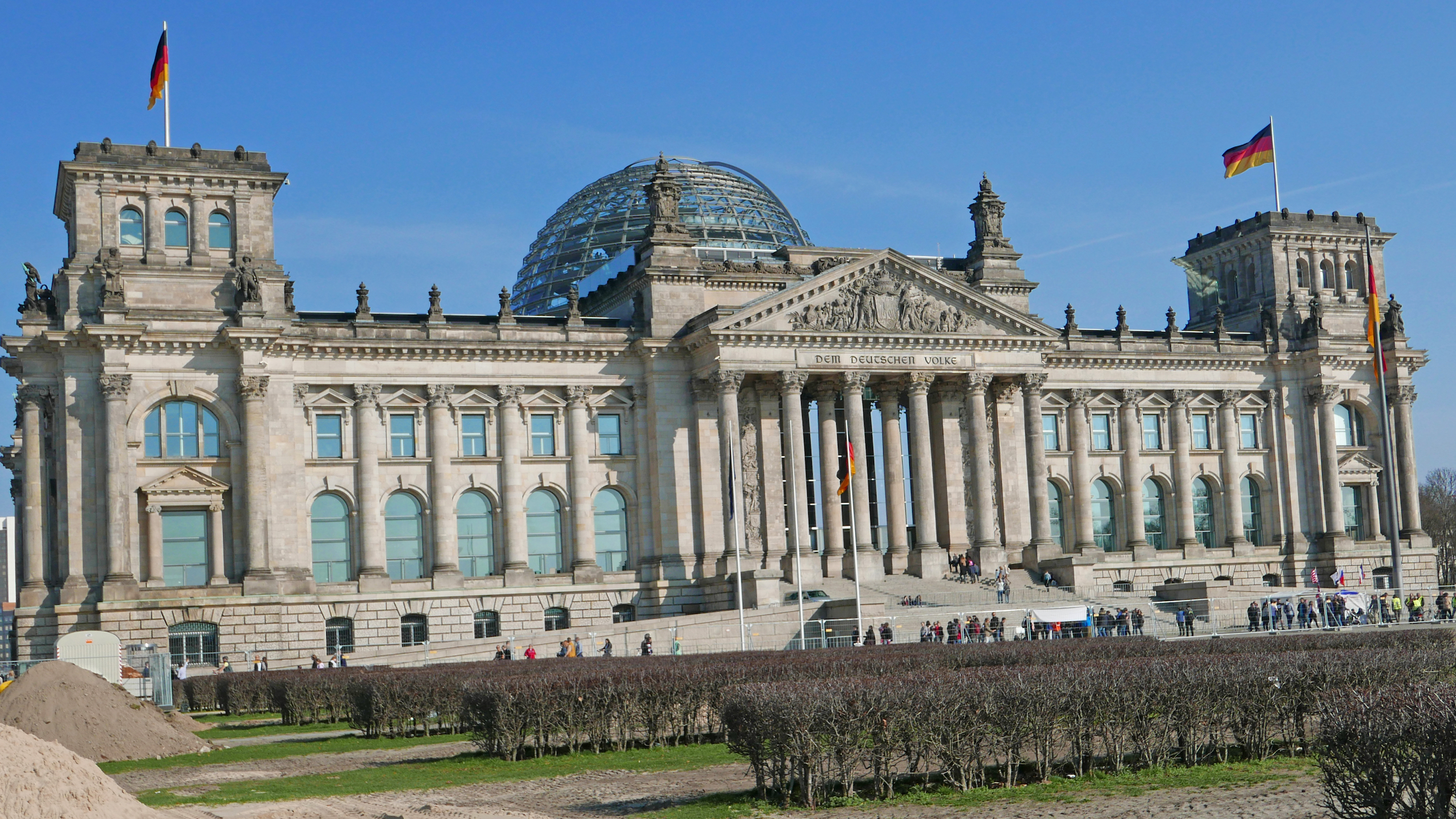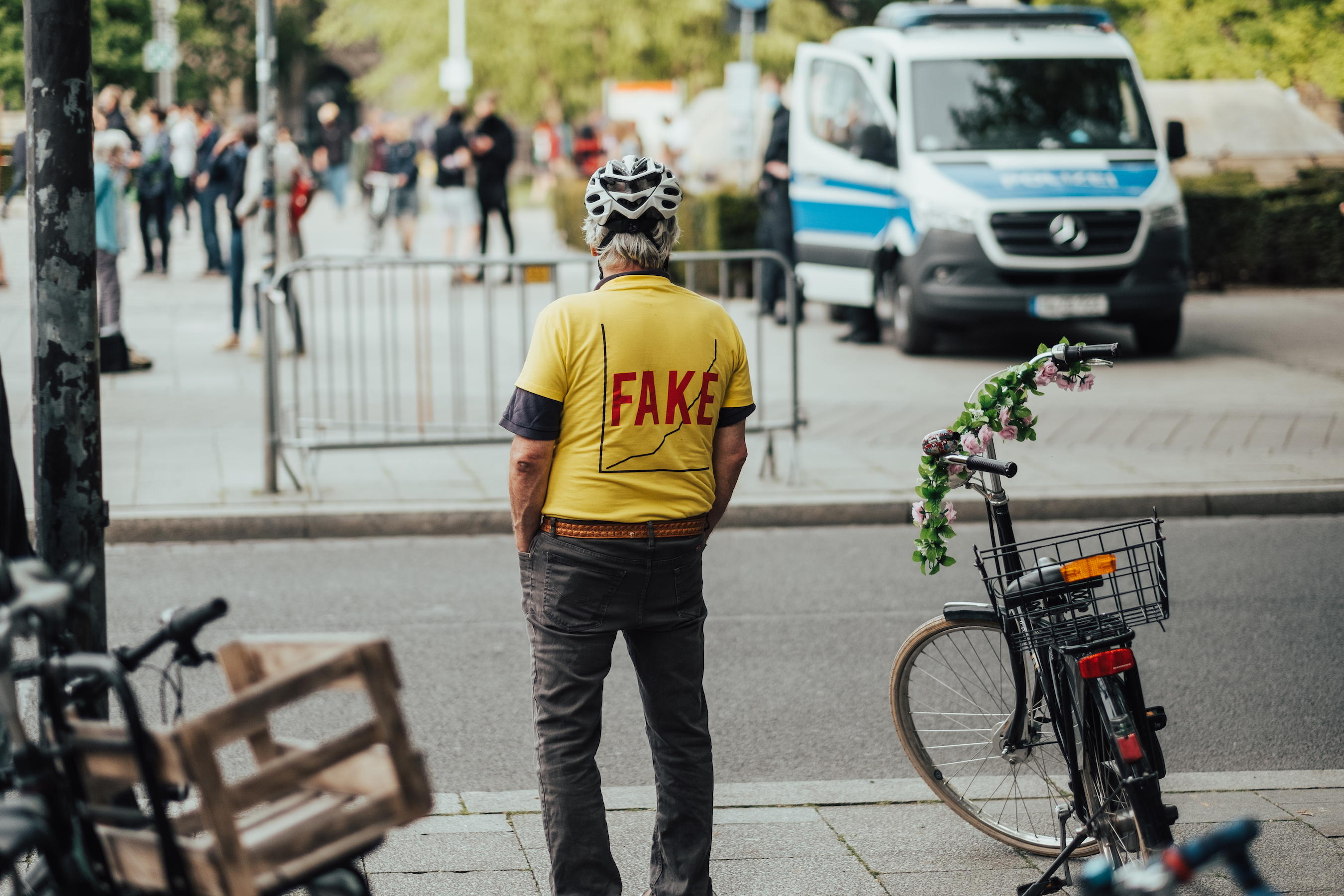One of the factors which was very important in bringing the Nazis to power was the burning down of the Reichstag building – the German national parliament in Berlin – on 27th and 28th February 1933. It was used by the Nazis on 28th February to persuade President Hindenburg to sign a decree essentially suspending civil liberties because it was regarded as an emergency. The Nazis claimed it was a conspiracy by the Communists to take over power. However, the Communists responded by saying that the Nazis themselves had started the fire to be able to pass this decree suspending civil liberties. Indeed, the decree was renewed all the way up to 1945. It was an essential part of the pseudo-legal justification for Nazi dictatorship.
In fact, one man was found at the scene, a young, extreme left-wing Dutchman called Marinus van der Lubbe. He had already tried to burn down several public buildings in Berlin in protest against what he thought of as the German government’s shameful handling of unemployment. He succeeded with the Reichstag building. The Nazis arrested several Communists and accused them of helping to cause the fire. Yet, even in 1933, the Reich Supreme Court in Leipzig, which had Conservative but not Nazi judges, found that there was not enough evidence to convict these people. Only van der Lubbe was convicted. It’s re-emerged recently that there’s no convincing evidence that anyone apart from van der Lubbe was responsible for the burning.


